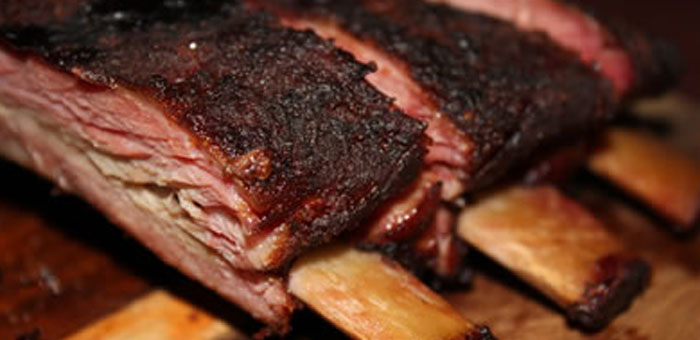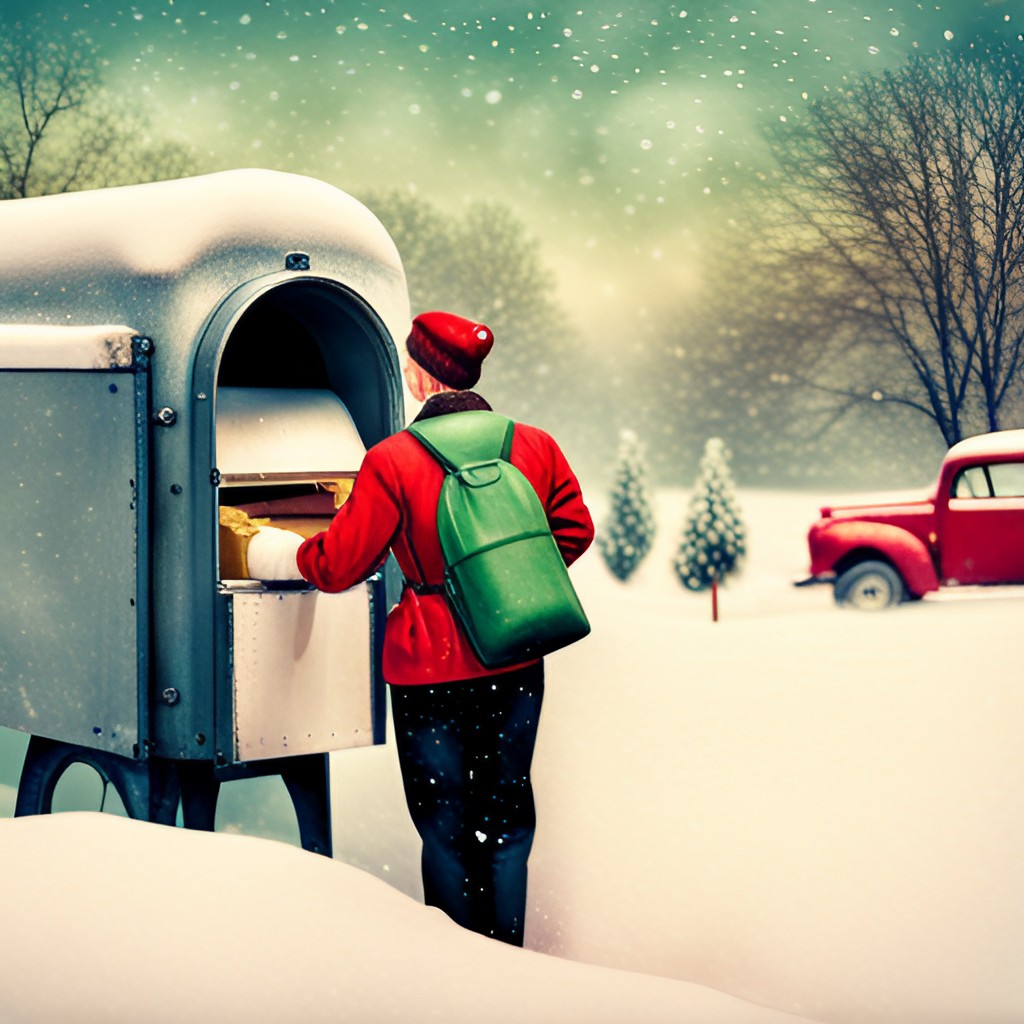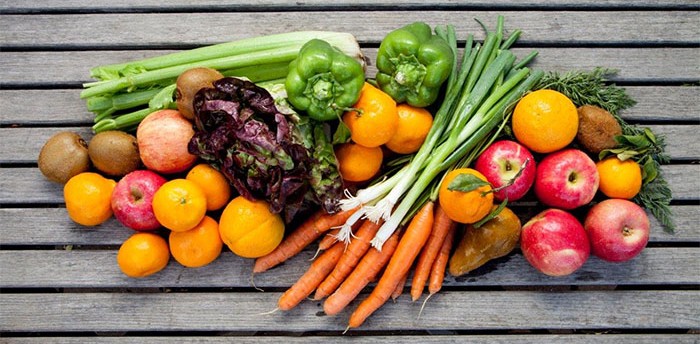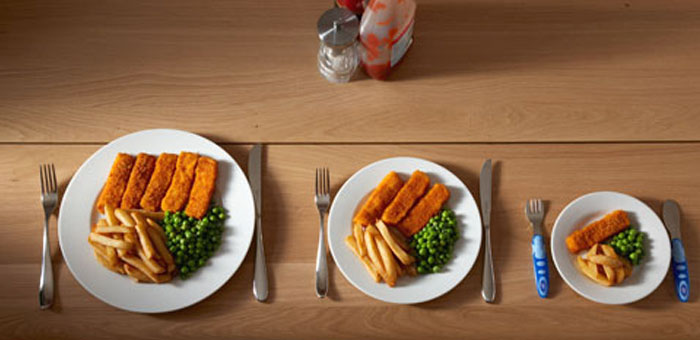Smoke has been intentionally applied to foods since it was first recognized that holding meats and other provisions off the ground near the smoky fires did more than dry them more quickly or prevent animals from getting to them. The hanging foods, treated to a smoke bath, took on new and enticing flavors.
Smoking Meat For Your Food Truck Menu
Today chefs around the world, including those in the mobile food industry smoke foods for their special flavors. By manipulating the smoking process, it is possible to create a range of products, both traditional and nontraditional. Besides such perennial favorites as smoked salmon, hams, bacon, and sausages, many unique smoked products are being featured on contemporary menus: smoked chicken salad, smoked tomato broth, even smoked cheeses, fruits, and vegetables.
Several types of smokers are available. The basic features shared by each type of smoker are a smoke source, a smoke chamber where the food is exposed, circulation, and ventilation.
Hardwoods such as hickory, oak, cherry, walnut, chestnut, apple, alder, mesquite, and wood from citrus trees, are good choices for smoking. They produce a rich, aromatic smoke with proportionately few of the particles that make smoked foods taste sooty or bitter. Soft woods, such as pine, burn hot and fast with too much tar, making them unsuitable for smoking foods. In addition to various hardwoods, other flammable materials can be used. Teas, herb stems, whole spices, grapevine clippings, corn husks, fruit peels (such as orange and apple), and peanut shells can be added to the smoker to give a special flavor.
Wood for smoking meat can be purchased in chunks, chips, or sawdust. If you use a wood-burning oven to create smoke-roasted specialties, you can use larger pieces of wood, available for purchase by the bundle, truckload, or cord. Make the effort to purchase woods from a reputable source. You should be certain that the wood is free of contaminants such as oil or chemicals. Never use pressure-treated wood under any circumstances as it is so poisonous its intake could cause death.
Pellicle formation
Before cured foods are smoked, they should be allowed to air-dry long enough to form a tacky skin, known as a pellicle. The pellicle plays a key role in producing excellent smoked items. It acts as a kind of protective barrier for the food, and also plays an important role in capturing the smoke’s flavor and color.
Most foods can be properly dried by placing them on racks or by hanging them on hooks or sticks. It is important that air be able to flow around all sides. They should be air-dried uncovered, in the refrigerator or a cool room. To encourage pellicle formation, you can place the foods so that a fan blows air over them. The exterior of the item must be sufficiently dry if the smoke is to adhere.




